Arctic Sense is the biggest expedition conducted with the Barba platform to date. From June 1st to October 5th we sailed 6000 nautical miles (10 000 km) from Stavanger, Norway to the pack ice around the North Pole and back, stopping in London on the way. The purpose of the expedition was to explore the polar Atlantic ecosystem, assess its current health and highlight its vulnerability to climate change and pollution.
“The Arctic Sense Expedition is especially timely and important in this Decade of Ocean Science, and UK’s Presidency of the COP26 climate conference in Glasgow in November ”
From the letter of support issued to the Arctic Sense expedition by the British Ambassador to Norway, Mr. Richard Wood.
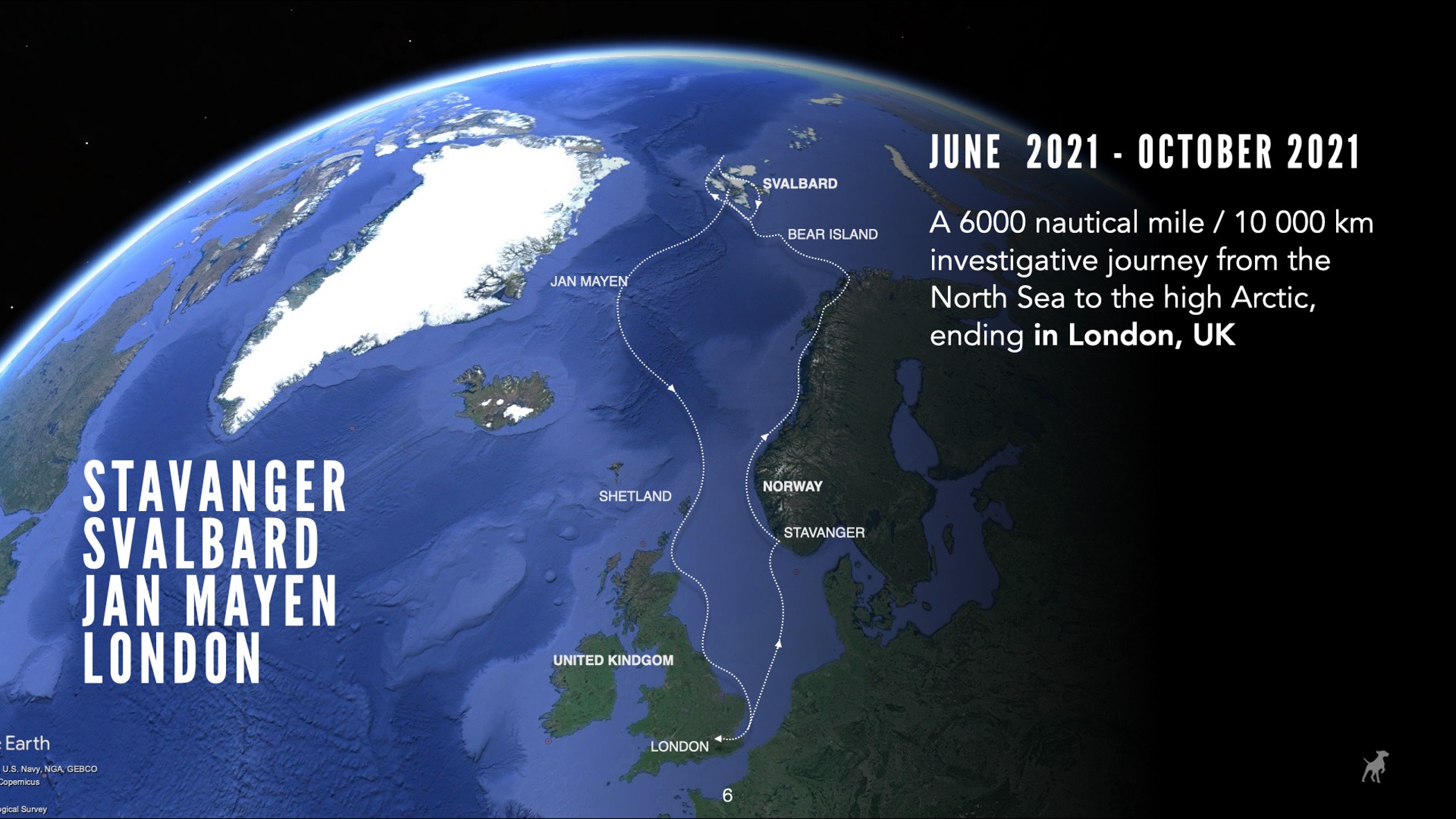
Reach the high Arctic, and execute a comprehensive research program while documenting the journey with high quality storytelling.
Documentation of blue whales in the coastal waters of Svalbard. This provided a baseline study for for our next expedition due in 2023.
Providing 360 educational content for the Nordplus program for use in the Nordic countries and beyond.
The underlying story arc of the four chapters was to combine research with storytelling, working with whales as our flagship species. Ultimately, we wanted to reveal the beauty and fragility of the Arctic to the public, thus contributing to its long-term protection.
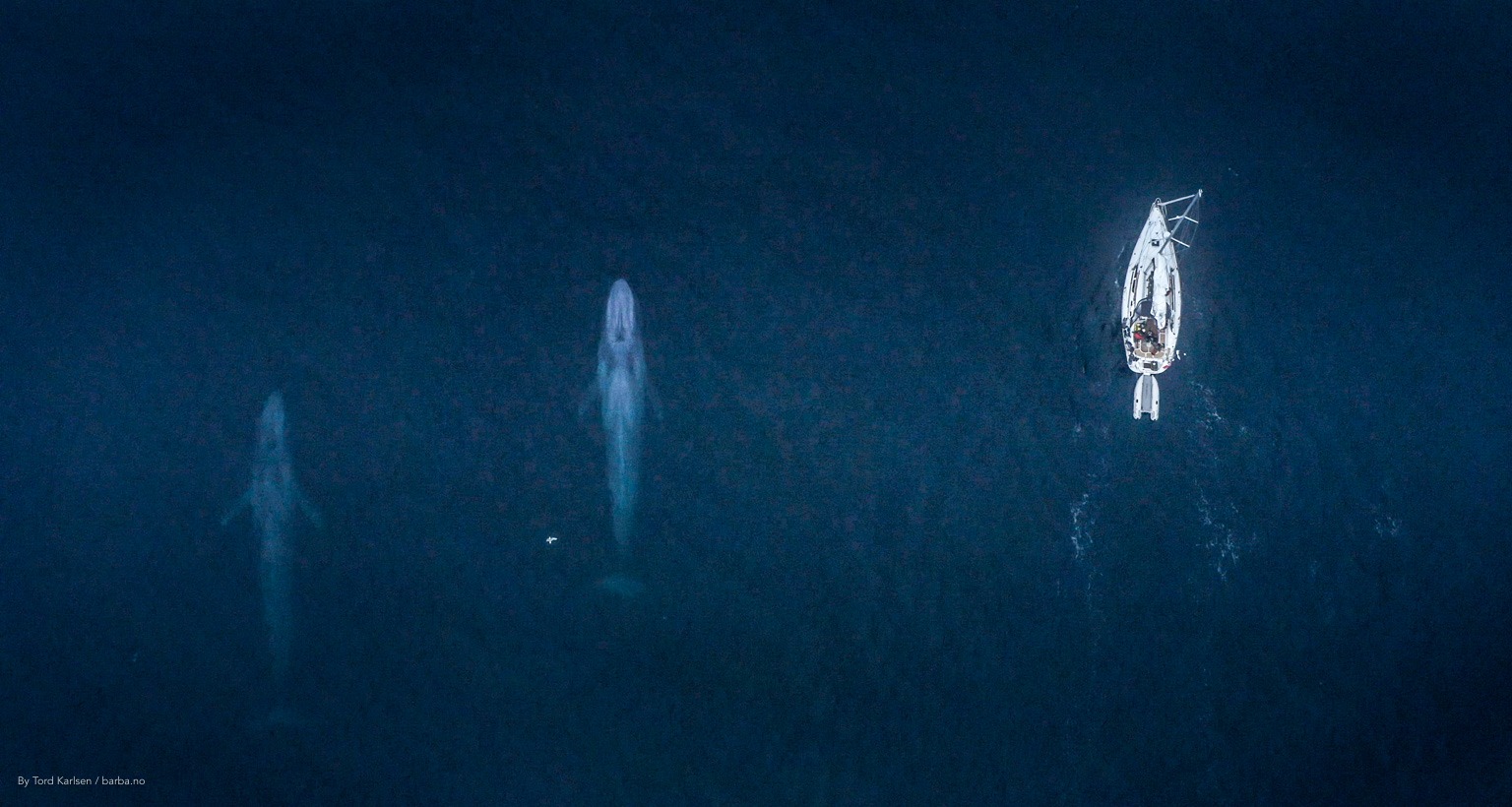
Departing from Stavanger June 20th, we did a reasonably rapid transit from Southern Norway to Tromsø in Northern Norway. On the way, we stoped to capture elements building up the story, while we got the crew and vessel fine tuned for the journey ahead. More specifically, we documented one of the world’s strongest tidal currents, Saltstraumen in Northern Norway. We also stopped in Andenes to document sperm whales, while testing our hydrophones in a familiar environment for later use along the Arctic Sense journey. This was the 11th time we transited the Norwegian coast, and the 5th time we documented whales in Andenes, Norway.
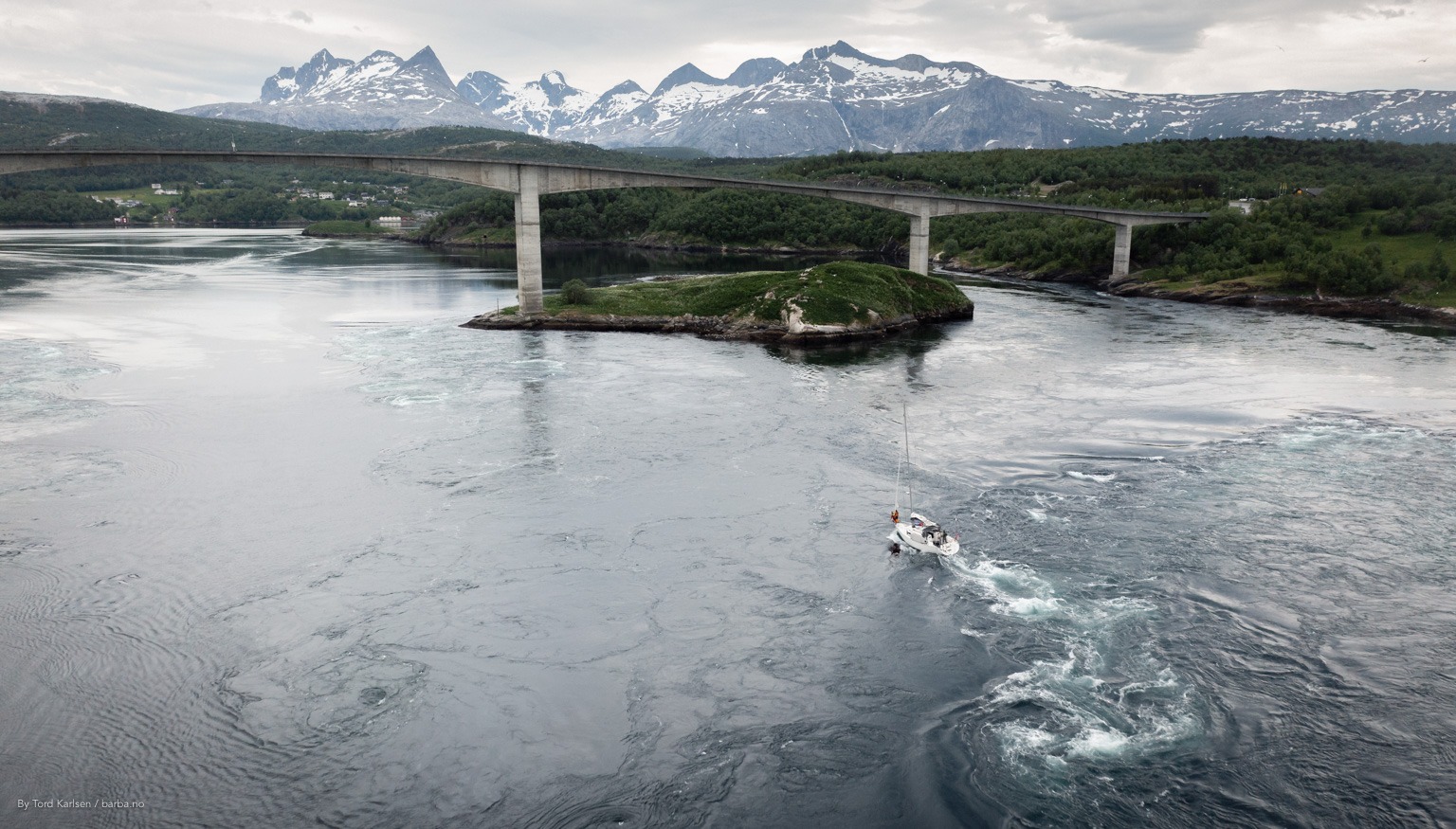
We left mainland Norway July 23rd, crossing over to Svalbard via Bear Island. In Svalbard, we had numerous polar bear, walrus and blue whale encounters. A SoundTrap (an underwater listening device) was deployed for 6 weeks, and a towed-hydrophone array with PamGuard software was deployed on numerous occasions to map the abundance and distribution of whales. Additionally we took photos of blue whales for identification purposes. The science program was led by our scientific partner, Whale Wise, and these data are currently being processed. We spent a total of 7 weeks in Svalbard and generated 35 terabytes of imagery for a Svalbard specific documentary, the Nordplus educational program and for editorial use. During the circumnavigation of the Spitsbergen Archipelago we reached the circumpolar pack-ice at 80 degrees North.
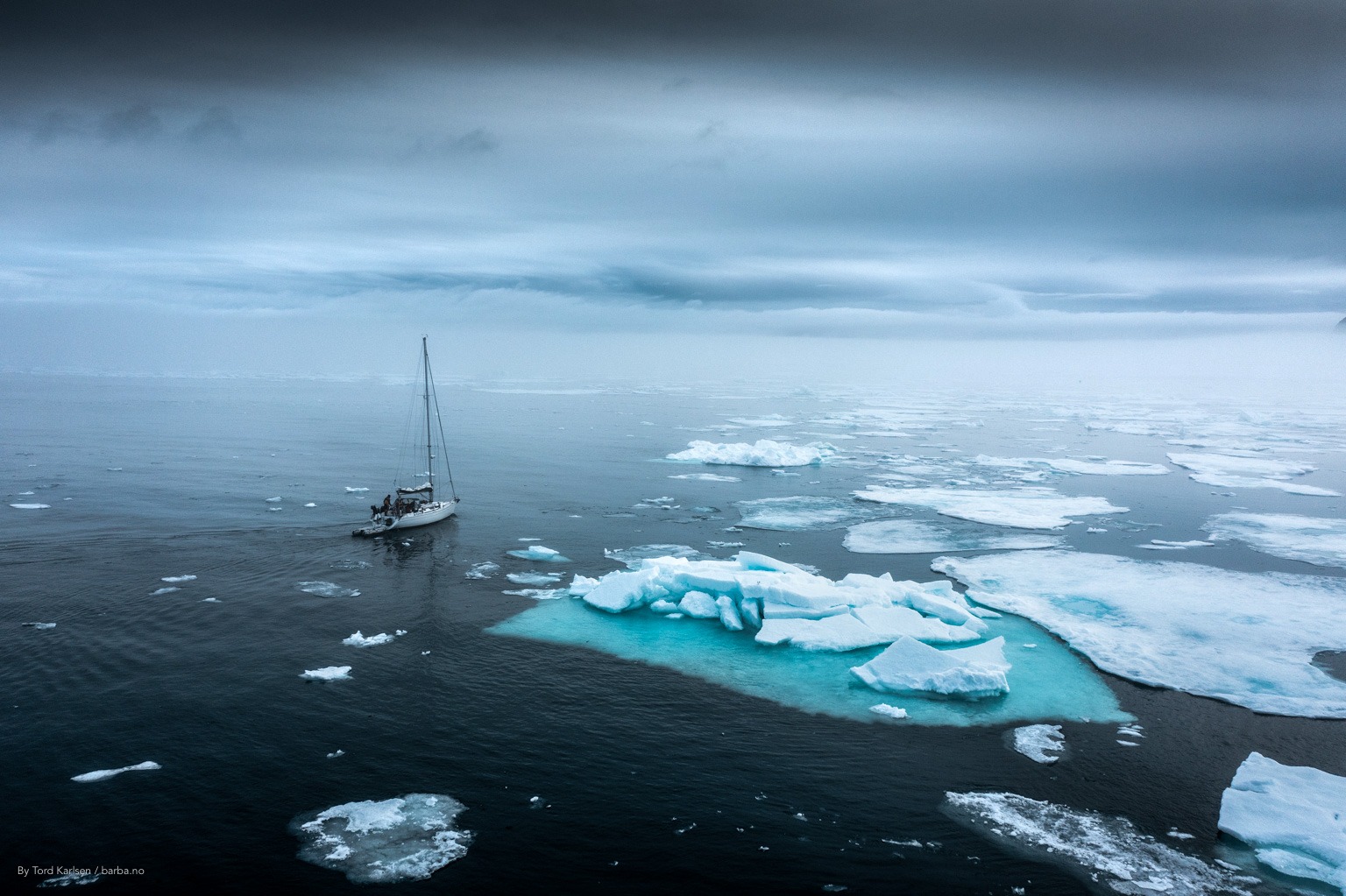
We departed from Longyearbyen August 20th, reaching the little known volcanic island of Jan Mayen, on August 25th. On September 1st we climbed the 2207 meter tall Beerenberg Volcano, recreating the centenary first ascent by Sir James Mann Wordie. During our stay, we collected glacier samples and deployed the towed-array with PamGuard software to document whales in area. Following a week under challenging conditions at anchor, we made it back to continental Europe, landing in Sheltand Islands September 9th.
Chapter 4 consisted of the sail from Shetland Island to London. We brought home the stories from the Arctic to London. As part of the story, we gifted an Ocean Bottle of pristine Arctic water to deputy Mayor of London, Shirley Rodrigues. The September arrival in London marked the formal ending of the Arctic Sense expedition. The journey came to a close with Barba docking in her homeport of Stavanger on October 5th.
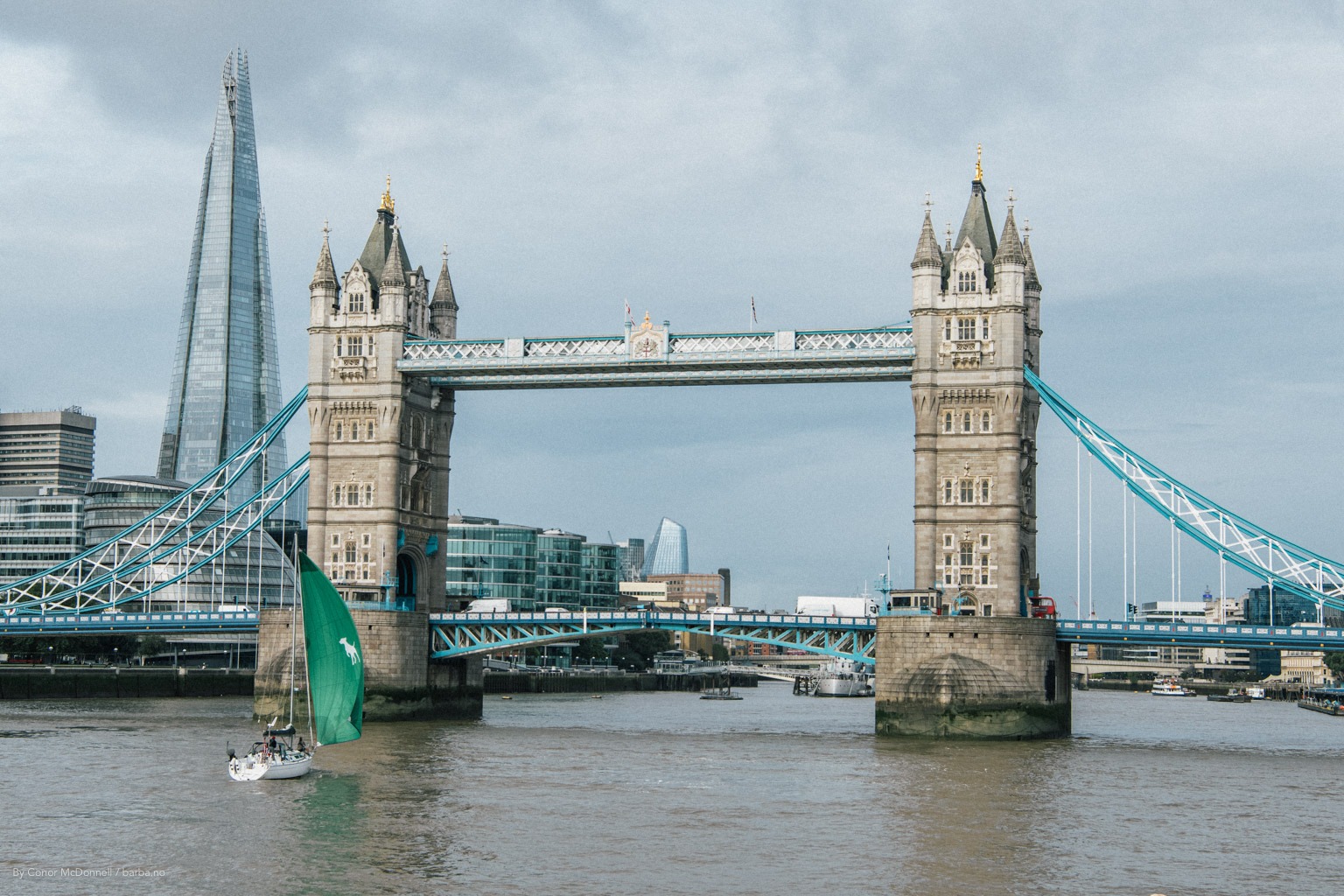
The Arctic Sense expedition was hugely successful due to a combined team effort striving to overcome not only the hardship at sea, but also the logistical challenges during a difficult time. The team is now working on processing data and securing the storytelling impact of the journey. Two separate documentaries are in the making, the VR educational program groundwork is beginning and numerous feature stories are in the pipeline. The expedition will live on for years to come, and it has also paved the way for new and greater Barba expeditions in the future!
Our work